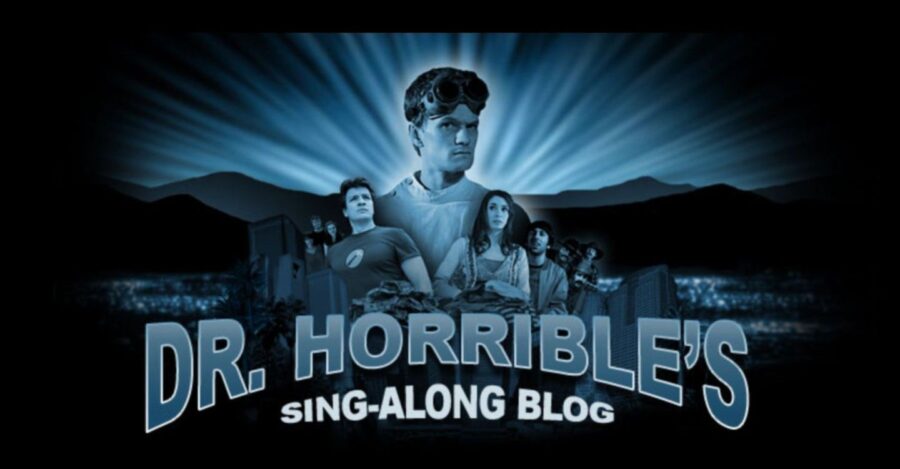Before he was the superstar writer/director of the summer’s big budget box office hit, The Avengers, Joss Whedon created the modestly-budgeted musical comedy, “Dr. Horrible’s Sing-Along Blog.” Whedon intended “Dr. Horrible” to serve as something of an experiment in new media production and distribution — at least in part. As Whedon told Knowledge at Wharton in early 2009, “It was equal parts that and the love of the silly…. We said we were going to roll it out for free and then put it on iTunes. We just steamrolled past everybody’s idea of how you market … these things.” The project was, as Whedon characterized it, “a bit of a lark.” But it was also a serious experiment to create and distribute content outside the conventional Hollywood machinery. “[I]f somebody isn’t out there creating a system wherein independent production can thrive, it will wither,” Whedon said.
“Dr. Horrible” stars Neil Patrick Harris as the titular lovelorn villain, Felicia Day as the object of his affection, and Nathan Fillion as his arch-nemesis and romantic rival, Captain Hammer. Originally released online over the span of a week in three roughly 15-minute segments, the original plan was to build audience buzz through the online release and then take the free version offline and make the three-part series available for purchase through iTunes. Shortly after becoming available on iTunes, however, all three episodes could be streamed for free (with advertising) on Hulu. Subsequently, “Dr. Horrible” was released on DVD (and later Blu-ray), could be viewed online through Netflix, and spawned a book, comic book, audio CD, and digital audio download. Tuesday, the experiment comes full circle as Dr. Horrible debuts on the CW television network at 9 p.m. EDT.
As Whedon noted in 2009, “The movies, TV — everything is melding, everything is shifting. If you saw it on a movie screen, it’s going to be on your phone. That territory is moving … now in a destructive way because we’re losing residuals. But eventually it’s just going to be an inevitability that … the studios are going to have to rethink how they monetize [content].”
When Whedon spoke to Knowledge at Wharton in early 2009 — roughly six months after “Dr. Horrible” first appeared online — the project had returned “about twice” the original budget of roughly $200,000. At that early date, Whedon reported that iTunes had “been a great boon” and the DVD had “done quite well.” The streamed online video with advertising was the “smallest revenue.”
Despite the “old media” veneer of television, the airing on TV could provide a significant boost to the revenues from “Dr. Horrible.” As independent filmmaker Jon Foy told Knowledge at Wharton last year following the release of his low budget independent documentary, Resurrect Dead: The Mystery of the Toynbee Tiles, “In this world of independent documentary film, broadcast is still where the biggest share of money is. Fewer people buy DVDs. And we all know that fewer people are going to the theatres. More people are streaming [movies] on Hulu and Netflix. Everyone in the independent film world is scrambling to figure out how to monetize that.”
Back in 2009, Whedon was uncertain how his experiment would turn out. “This could just stand out as Camelot and disappear. Or it can be a model that is built on.” More than four years after its original release in the summer of 2008, “Dr. Horrible” is still going strong.
Now that the original 43-minutes of “Dr. Horrible” have played on multiple media, what’s next? Will we see more of Dr. Horrible in the future? Whedon was asked this question this past July at San Diego Comic-Con:
As if to prepare the crowd for a letdown he began, “The thing you have to understand is…” He then abruptly cut off the rising disappointment with one word: “Yes.”
As Neil Patrick Harris’s Dr. Horrible states in the original series, “The world is a mess, and I just need to rule it.” Although his character failed to do so, the series that tells his story has progressively conquered nearly every domain of the media landscape – both old and new.



